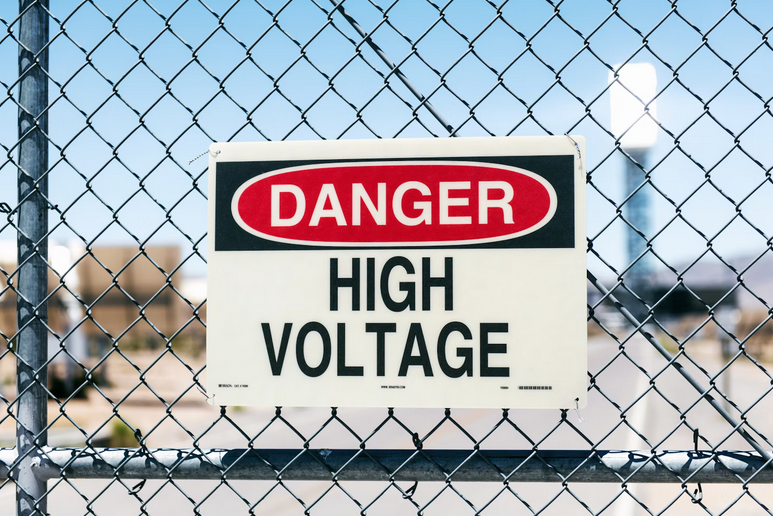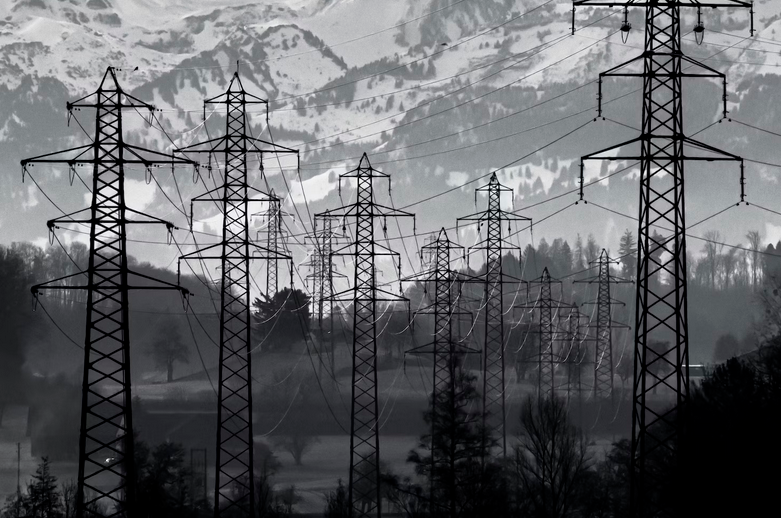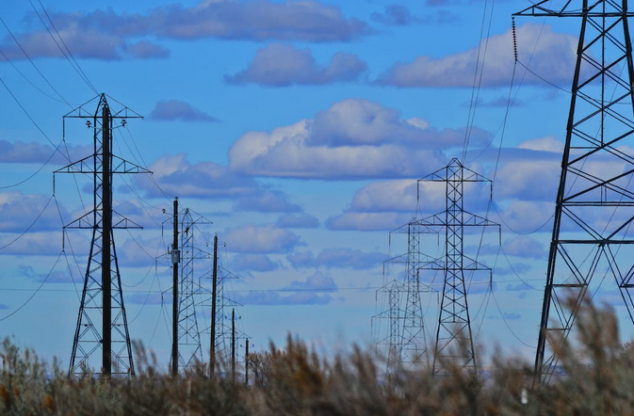As the world continues its transition towards sustainable energy sources, the efficient transmission of green energy becomes crucial to ensure a seamless and uninterrupted supply. The integration of renewable energy into existing power grids poses numerous challenges that demand innovative solutions. In this article, we will explore the top solutions aimed at enhancing the efficiency of green energy transmission. For further insights into the intersection of Green Energy and the Texas Grid, you can read more to deepen your understanding of the dynamics at play.
High-Voltage Direct Current (HVDC) Transmission

One of the most promising solutions for efficient green energy transmission is HVDC technology. Unlike traditional alternating current (AC) systems, HVDC allows the transmission of electricity over long distances with significantly lower losses. By converting AC power to DC power at the source, transmitting it through overhead or underground cables, and converting it back to AC at the destination, HVDC minimizes losses while improving overall system stability.
Energy Storage Systems (ESS)
Energy storage systems play a pivotal role in balancing the intermittent nature of renewable energy sources and enabling a stable supply of green energy during periods of low generation. Advanced battery technologies, such as lithium-ion batteries, offer high energy density and fast response times, making them an ideal choice for storing excess green energy. These ESS can be strategically placed across the grid to absorb surplus energy during peak generation periods and release it when demand is high. Still, generation is low, thus ensuring a steady and reliable power supply.
Smart Grid Integration

The integration of smart grid technologies holds immense potential for optimizing green energy transmission. By incorporating advanced sensors, communication networks, and data analytics, a smart grid enables real-time monitoring, control, and optimization of energy flows. This allows operators to identify and address transmission bottlenecks, balance renewable energy generation with demand, and efficiently manage power quality.
Dynamic Line Rating (DLR) Systems
Traditional power grids often operate at conservative ratings due to uncertainties in weather conditions and other factors. DLR systems offer a solution by continuously monitoring environmental parameters and dynamically adjusting transmission line ratings accordingly. By accurately assessing the real-time capacity of transmission lines, DLR systems enable higher green energy flow without compromising system reliability.
Efficient green energy transmission is vital for the successful adoption of renewable energy on a large scale. The top four solutions presented – HVDC transmission, energy storage systems, smart grid integration, and dynamic line rating systems – all contribute to addressing the challenges associated with integrating green energy into existing power grids.

